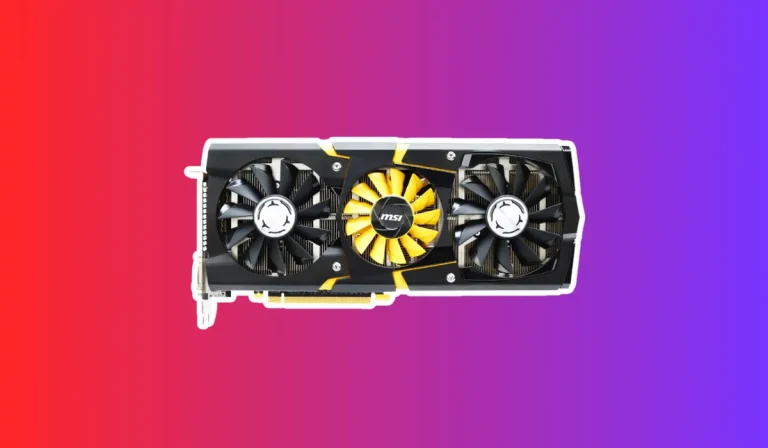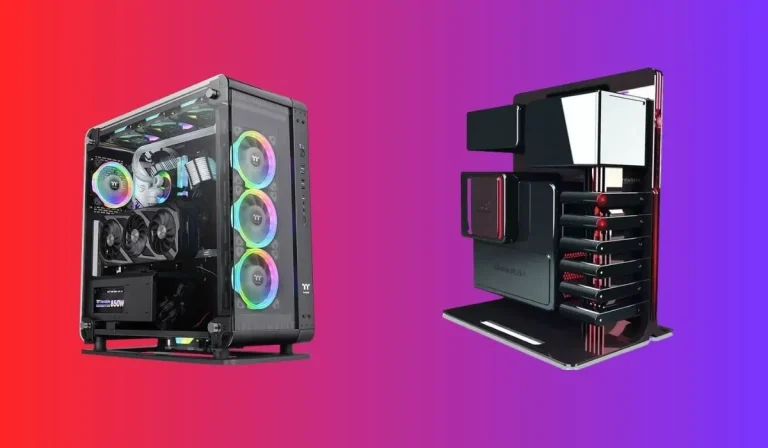How can I run PPO2 baselines on GPU?
Are you ready to supercharge your AI training? Look no further than PPO2 baselines! In the world of AI, PPO2 baselines play a vital role in training intelligent systems. But to truly optimize their performance, we need the power of GPU. Join us as we explore the concept of PPO2 baselines and discover the game-changing benefits of utilizing GPU for maximum efficiency and speed.
Setting Up the Environment for GPU-Based PPO2 Baselines
Checking Software Compatibility and Requirements
Before diving into GPU-based PPO2 baselines, it’s important to verify the compatibility of the software you’ll be using. Ensure that your chosen PPO2 baseline framework supports GPU acceleration and that your GPU meets the requirements. Different frameworks may have specific versions or dependencies, so it’s essential to consult the documentation for accurate information.
Installing GPU Drivers and Libraries
To utilize your GPU effectively, you’ll need to install the appropriate GPU drivers and libraries. Visit the official website of your GPU manufacturer (e.g., NVIDIA, AMD) to download the latest drivers compatible with your GPU model. Additionally, check if any specific libraries, such as CUDA or OpenCL, are required for GPU acceleration and install them accordingly.
Configuring GPU Settings
Once you have the necessary drivers and libraries installed, it’s time to configure your system to leverage the power of GPU for PPO2 baselines. This may involve setting environment variables or modifying configuration files specific to your chosen framework. Refer to the framework’s documentation for detailed instructions on how to configure GPU usage.
By ensuring software compatibility, installing the required GPU drivers and libraries, and configuring your system settings, you’ll have a solid foundation for running GPU-based PPO2 baselines. These steps will help you unleash the full potential of your GPU, leading to faster and more efficient AI training.
How to Install and Configure PPO2 Baselines for GPU Usage?
Installing PPO2 Baselines Framework
Start by installing the PPO2 baselines framework on your system. Depending on the framework you choose, you can typically install it using package managers like pip. Ensure that you install the GPU-enabled version of the framework to take advantage of GPU acceleration. Refer to the framework’s documentation for the specific installation commands.
Verifying GPU Support
After installing the PPO2 baselines framework, it’s important to verify whether GPU support is correctly enabled. Most frameworks provide a simple way to check if GPU acceleration is working. Execute the provided command or code snippet to confirm that your GPU is being utilized for PPO2 baselines.
Configuring GPU Parameters
To optimize GPU usage for PPO2 baselines, you may need to configure certain parameters. These parameters can include the batch size, learning rate, and GPU memory allocation. Adjusting these values can help you achieve better performance and avoid memory-related issues. Refer to the framework’s documentation for guidance on configuring these parameters and experiment with different values to find the optimal settings for your specific use case.
Testing and Troubleshooting
Once you have installed and configured PPO2 baselines for GPU usage, it’s crucial to thoroughly test and validate your setup. Run sample training tasks and evaluate the performance and speed improvements achieved with GPU acceleration.
Keep an eye out for any errors or issues that may arise during the training process. If you encounter any problems, consult the framework’s documentation or seek help from the community to troubleshoot and resolve them.
Tips and Best Practices for Running PPO2 Baselines on GPU
Optimize Batch Size and Learning Rate
Experimenting with different batch sizes and learning rates is crucial when running PPO2 baselines on GPU. Larger batch sizes allow for better GPU utilization, as the parallel processing power of the GPU can be fully leveraged.
Additionally, adjusting the learning rate can help optimize the training process for faster convergence and better overall performance. It’s recommended to start with moderate batch sizes and learning rates and gradually increase or decrease them based on the performance and stability of the training process.
Monitor GPU Memory Usage
GPU memory plays a vital role when running PPO2 baselines on GPU. It’s essential to monitor and manage GPU memory usage to avoid out-of-memory errors or performance degradation. Keep an eye on the memory consumption during training and adjust the batch size or model complexity if necessary.
Additionally, consider using GPU memory optimization techniques provided by the framework, such as memory caching or memory-efficient algorithms, to make the most efficient use of available resources.
Regularly Update GPU Drivers and Frameworks
GPU drivers and frameworks are constantly evolving, with updates often bringing performance improvements and bug fixes. It’s important to regularly update your GPU drivers and the PPO2 baselines framework to ensure you benefit from the latest optimizations and enhancements. Staying up-to-date with the latest versions can help maximize the compatibility, stability, and performance of your GPU-based PPO2 baselines.
Take Advantage of GPU Monitoring Tools
To gain insights into GPU utilization and performance, utilize GPU monitoring tools. These tools provide real-time information about GPU temperature, memory usage, and GPU load. By monitoring these metrics, you can identify potential bottlenecks, optimize GPU utilization, and troubleshoot any issues that may arise during training.
FAQ’s
1. Can I run PPO2 baselines on any GPU?
PPO2 baselines can be run on GPUs that meet the requirements and are compatible with the selected framework. Ensure your GPU is supported and has the required drivers and libraries installed.
2. Do I need to install specific software to run PPO2 baselines on GPU?
Yes, you need to install the GPU drivers and libraries compatible with your GPU model. Additionally, you’ll need to install the GPU-enabled version of the PPO2 baselines framework.
3. How do I check if GPU support is correctly enabled for PPO2 baselines?
Most frameworks provide a command or code snippet to verify if GPU acceleration is working. Running this command will confirm whether your GPU is being utilized for PPO2 baselines.
4. What parameters should I configure for optimal GPU usage with PPO2 baselines? Configurable parameters include batch size, learning rate, and GPU memory allocation. Adjusting these values can enhance performance and prevent memory-related issues. Refer to the framework’s documentation for guidance on configuring these parameters.
5. How can I troubleshoot issues while running PPO2 baselines on GPU?
If you encounter any problems, consult the framework’s documentation for troubleshooting guidance.
Conclusion
Harnessing the power of GPU acceleration can greatly enhance the efficiency and speed of running PPO2 baselines. By leveraging GPU technology, AI training tasks can achieve optimal performance and faster convergence. Staying updated with the latest GPU technologies and advancements is crucial to maximize the benefits of GPU acceleration.



